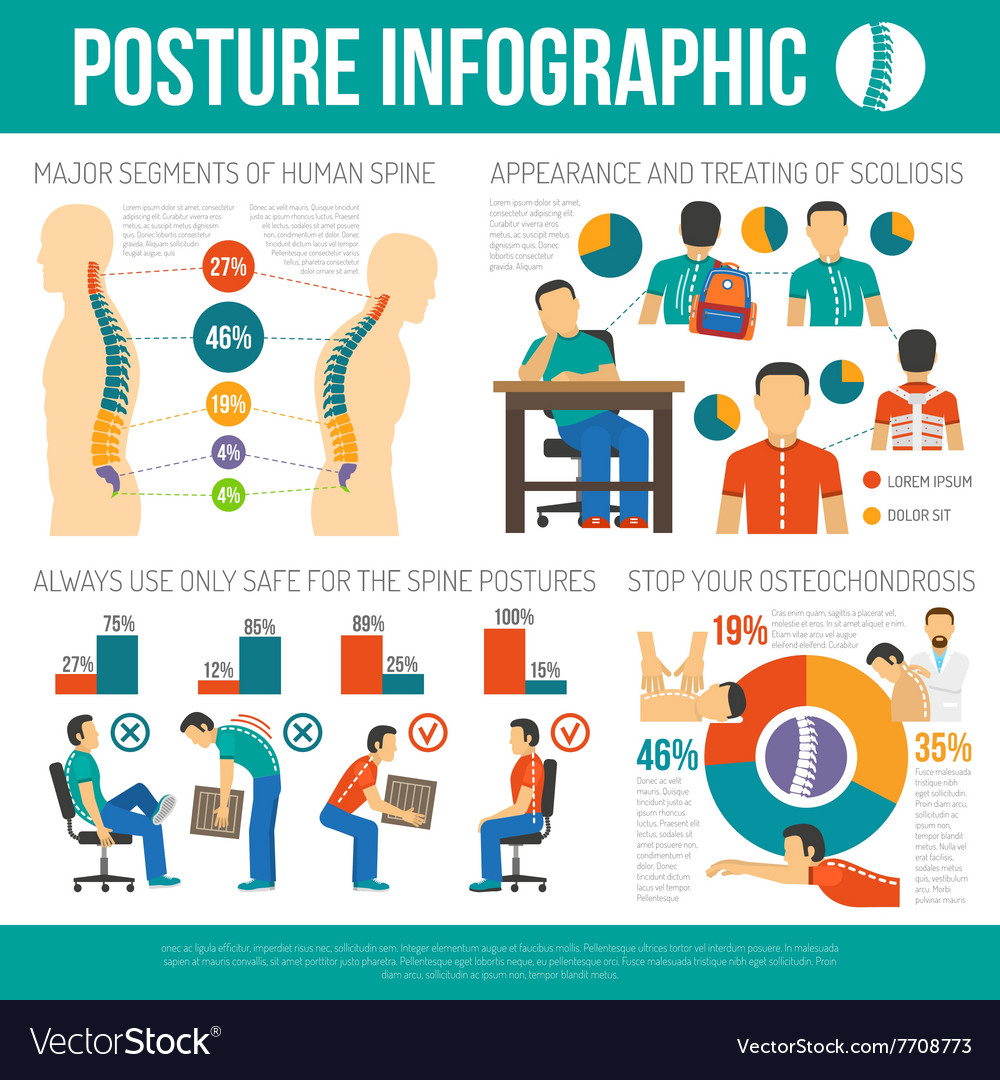The Top Daily Behavior That Contribute To Pain In The Back And How To Avoid Them
The Top Daily Behavior That Contribute To Pain In The Back And How To Avoid Them
Blog Article
Web Content By-Mckay Secher
Keeping correct stance and avoiding typical pitfalls in day-to-day tasks can significantly impact your back health. From exactly how you sit at your desk to how you raise heavy items, little modifications can make a large difference. Think of a day without the nagging back pain that prevents your every relocation; the solution could be easier than you assume. By making a few tweaks to your day-to-day practices, you could be on your way to a pain-free presence.
Poor Stance and Sedentary Lifestyle
Poor posture and an inactive lifestyle are 2 major contributors to neck and back pain. When you slouch or inkling over while resting or standing, you placed unneeded stress on your back muscles and back. This can result in muscle mass discrepancies, tension, and eventually, persistent neck and back pain. Additionally, sitting for long periods without breaks or physical activity can deteriorate your back muscular tissues and cause rigidity and discomfort.
To battle inadequate pose, make a mindful effort to sit and stand up right with your shoulders back and aligned with your ears. Keep in mind to keep your feet level on the ground and avoid crossing your legs for prolonged durations.
Integrating routine extending and strengthening exercises right into your daily routine can likewise help improve your pose and ease back pain related to a less active way of life.
Incorrect Training Techniques
Incorrect training methods can substantially contribute to neck and back pain and injuries. When you raise heavy objects, remember to bend your knees and utilize your legs to raise, as opposed to counting on your back muscle mass. Prevent twisting your body while training and maintain the things close to your body to reduce strain on your back. no fault chiropractor near me to preserve a straight back and prevent rounding your shoulders while lifting to stop unneeded stress on your spinal column.
Constantly assess the weight of the item prior to lifting it. If it's also heavy, request assistance or use devices like a dolly or cart to deliver it securely.
Bear in mind to take breaks during lifting tasks to provide your back muscles a chance to rest and protect against overexertion. By executing appropriate training methods, you can stop pain in the back and minimize the threat of injuries, guaranteeing your back stays healthy and balanced and solid for the long-term.
Absence of Regular Workout and Stretching
A sedentary way of living devoid of normal workout and stretching can substantially add to pain in the back and pain. When you don't engage in exercise, your muscle mass become weak and inflexible, bring about poor stance and raised stress on your back. Normal exercise helps enhance the muscle mass that support your spine, boosting security and lowering the danger of neck and back pain. Incorporating extending https://back-adjustment-chiroprac17394.bloggerbags.com/36400653/the-evolution-of-chiropractic-care-techniques-from-past-to-present into your routine can additionally boost adaptability, avoiding tightness and discomfort in your back muscles.
To stay https://www.healthcentral.com/slideshow/9-best-treatments-sciatic-nerve-pain of back pain triggered by an absence of workout and stretching, go for at least half an hour of modest exercise most days of the week. Include exercises that target your core muscular tissues, as a strong core can aid alleviate pressure on your back.
In addition, take breaks to stretch and relocate throughout the day, specifically if you have a desk job. Simple stretches like touching your toes or doing shoulder rolls can assist alleviate tension and protect against back pain. Focusing on normal workout and extending can go a long way in preserving a healthy back and decreasing discomfort.
Final thought
So, bear in mind to sit up directly, lift with your legs, and remain active to stop pain in the back. By making easy modifications to your daily behaviors, you can prevent the pain and constraints that feature pain in the back. Care for your back and muscular tissues by practicing good posture, correct lifting techniques, and regular workout. Your back will certainly thanks for it!
